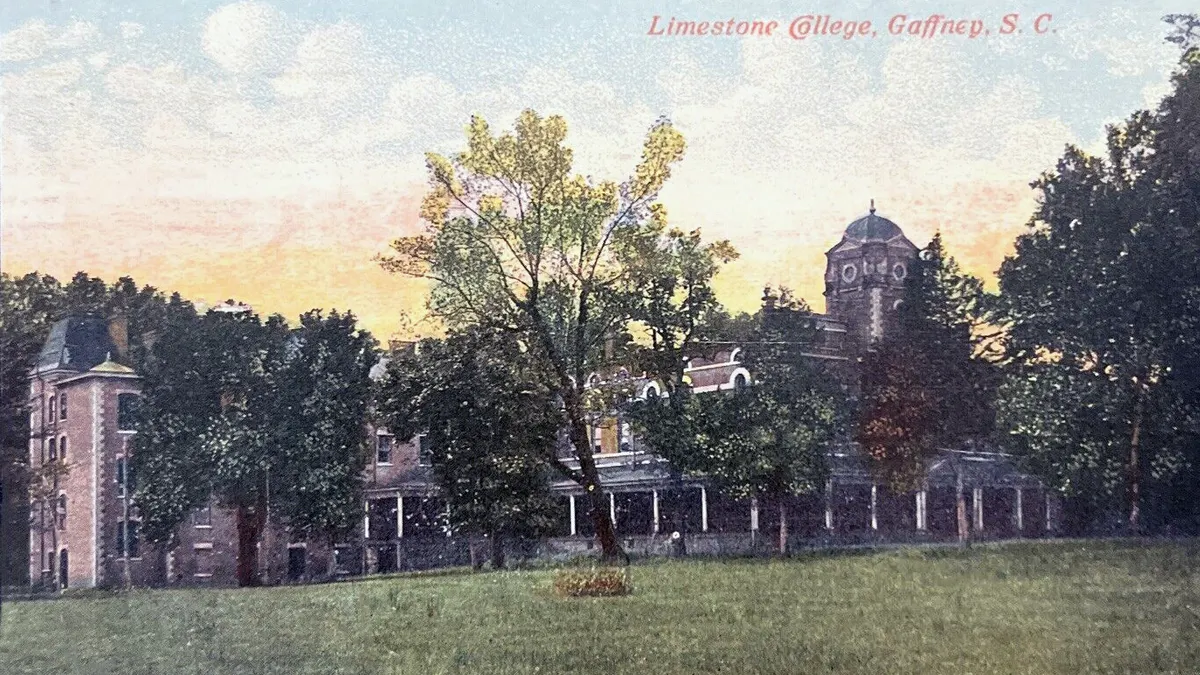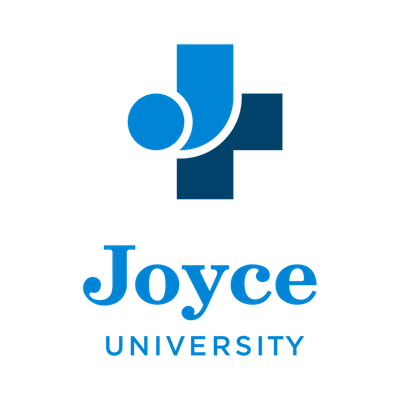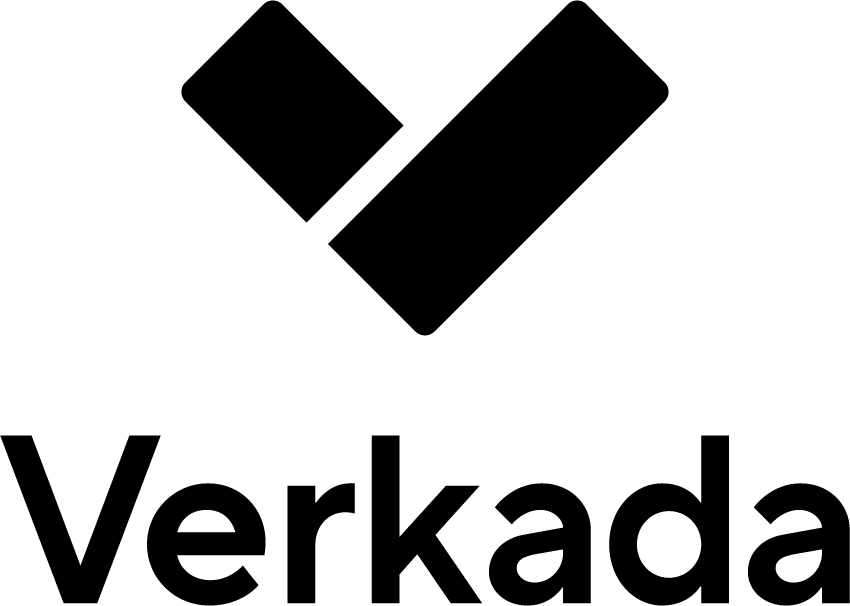
This CIO profile is part of the "Mobility in Higher Education" survey underwritten by Sprint Higher Education Solutions and conducted by the Education Dive editorial staff.
Has your school ever struggled to select a mobile platform or app partner? If you want to see a campus that went all in early on and decided to not only develop for the iPhone in house, but also to build a respected training facility for developers, look no further than Northern Kentucky University.
As a part of Education Dive's ongoing interview series with higher ed CIOs, we went straight to NKU CIO and Associate Provost for Information Technology Tim Ferguson to learn the history behind his institution's key decisions, how his school is formulating a BYOD policy and what he sees on the horizon for ed tech.
Ferguson offered a refreshing perspective in light of the results from our 2013 "Mobility in Higher Education" survey, which showed that most campuses still don't have BYOD policies in place yet. If everything works out, NKU should have one this year. At a university that saw the mobile device wave coming, Ferguson's forwarding thinking comes as no surprise. NKU has won awards for its SAP and ERP implementations and will even host its fourth annual Business Intelligence Summit on data-management and analytics in October.
Here is the short story that Ferguson shared with us about why NKU chose the tech path that it is currently on.
INDUSTRY DIVE: Tim, you have the honor of being an associate provost at NKU in addition to being the CIO. Could you tell me little bit about where your interests lie and how you got into ed tech?

TIM FERGUSON: Yes, I'm an NKU graduate in computer science and ended up in the tech/corporate space. I worked for Computer Associates for about 16 years and ran their R&D for their enterprise systems up in Islandia, N.Y., and then ended up back at NKU in 2005.
That had to be an interesting time to arrive, right before the iPhone launched [in 2007] and other smartphones started showing up in everyone's hands. What have those last eight years been like for you in terms of devices showing up on campus?
FERGUSON: You're right. It's an explosion that has happened. We sort of took the bull by the horns and jumped in. I think we were one of the first 10 universities that had iPhone apps, for example, for our students. We created a mobile academy that's not actually in IT, but it's in our College of Informatics, where we have 100 students writing apps for NKU, but also for companies all over the world.
What led you to pursue iPhone support and apps so early? How did you know that that was something the school needed to do?
FERGUSON: It all sort of blossomed when that first iPhone came out. Apple was in talking to us, and we were looking for great opportunities for our students to get experiential learning. It sort of took a grassroots approach. We got some projects going for NKU for our students—you know, apps for our student population. As we got really experienced with that, we used some staff and students to get that going.
Companies around the region started asking us if they could hire students with that expertise, and could we help them with projects. That turned into this mobile academy. We've got a significant reputation here in the greater Cincinnati area, and we're doing projects for companies as large as Procter and Gamble. We work with probably about 100 startups right now doing mobile apps for them. We're in about every continent in the world from Europe to Africa, Australia—countries like Switzerland, and then East Coast/West Coast. Those students go out and get great jobs afterward, which is really why we do it.
That's fantastic. It's definitely something to be proud of.
FERGUSON: Back to your original question on mobile, we saw that coming and realized it's not only going to impact higher education, but society and business over all, so we tried to jump in and make a difference.
In your CIO role, what have the biggest challenges been accommodating devices across campus? And has having that academy helped you?
FERGUSON: Definitely, it has helped, because it's a resource center for knowledge. They have all the training and all the research in that center for what's going on in that industry, whether it's Android, iPhone or Microsoft. They originally did some BlackBerry work, but they don't do much of that any more.
It's such a resource center, and we use those students to do a lot of the IT applications that we need, so we have a whole bundle of apps that we provide for our students, whether it's seeing their grades or campus maps or prospective students—something focused toward them—or athletics. In the colleges, they're basically creating their own apps now, so the College of Law has an app. The College of Informatics has an app. There's lots of activity there, and in addition to that we're doing a lot of education apps—for our students but also working with faculty who are being entrepreneurial in creating their own apps to sell in the iTunes store or Google store.
Do you tend to prefer iPhone and iPad development there, or what road have you taken in terms of device priorities for learning apps?
FERGUSON: It does vary a little bit, depending on the faculty and the environment that we're in, but I would say in general that from a tablet perspective, the campus is heavy iPad. There's very little adoption of other stuff.
On the phone side, iPhone is still at the forefront, but there's a lot of Android-based phones on campus, and we do try to do those in parallel, at least as far as development.
On the IT side, what's been impacted in terms of what you have to support or choose to support? Where do you see things evolving?
FERGUSON: It's going to change in the mobile space. We have some faculty that have jumped in and are really going all after that area, but we've got other people on campus that we have to train and get there quicker. So there's the diversity of the population that we're dealing with, from students who are native to this technology to faculty who are at various levels.
We're in the midst of working on our bring your own device [BYOD] policy. Today, we still largely provide the technology to our faculty and staff—mainly tablets and some phones. But we are trying to transition to bring your own device where we are not providing the technology, and that's true not for just tablets and phones, but being considered for laptops and those things as well.
I was going to ask you if you had a clear policy for BYOD and faculty. Where is your thinking at on where that policy needs to be?
FERGUSON: I think there's a policy sort of pseudo-there that it's seen as acceptable and we work with people to make sure that their devices integrate and those sorts of things. But there's nothing officially documented. We hope to do that this coming academic year.
What do you think the challenges are in coming to a conclusion on what that policy eventually is?
FERGUSON: There's various things. One thing that I think we did do a few months ago was that we started a mobile workgroup. So we have faculty and staff and some students that get together and talk about these things. Then we have lunch-and-learns in that space.
I think from a challenge perspective there's the financial side of that. I think Apple's soon to be releasing the new version of the iPad. We have policies in place that if somebody's got a desktop or a laptop, we try to replace that every 3-4 years. It's not quite the same with tablets and phones. We haven't quite figured that out yet and where the budget's coming from for that.
So how do we stay current, even though staying current in that space is even more important than it is on a desktop or laptop?
Have wireless needs evolved? How would you rate how the school has done in terms of connectivity?
FERGUSON: That's a very important question—and a very important factor in all of this. You can have tablets on campus, but if you're not very efficient with Wi-Fi support, it doesn't really work out very well. So we've been mostly wireless over the last seven years. We continue to invest and upgrade that. We are going into finishing off any outdoor spaces that are missing. We're looking at parking garages. We're trying to be very ubiquitous on campus and have been that way for quite awhile.
Have you had to work with wireless carriers at all? Has 3G/4G been a priority?
FERGUSON: The focus has been on the Wi-Fi, but we are trying to work through the 4G LTE service on campus. And we're doing some things in that space as well. And we are working with the carrier/providers to try to enable that. There's one particular carrier that's a local carrier, and we almost have 100% coverage on campus.
If you could change one thing overnight in your IT department right now to make your job easier, what would it be?
FERGUSON: I think more investment in training. It's a dynamic field, and trying to invest more in training for IT staff might be at the leading edge there so that we can help faculty and staff with what they need.
What do you find they need the most training with?
Ferguson: It's probably twofold. One is just developing on those platforms. Currently, we develop all of these apps ourselves, so we're not using a platform like Blackboard or other mobile solutions to do that. We're developing this all in-house. So on the R&D side, investing in training.
Then on the adoption side, continuing to invest in getting people to understand the impact of that technology on higher education.
Looking back, are you completely satisfied with that move to go completely in-house for developing all of those apps? Has it decreased reliance? Has it introduced complications?
FERGUSON: I think in the beginning we were very happy with that decision. We were able to move pretty fast. We were there before a lot of the platforms were there. I think midterm—maybe a year ago—we stepped back and said, "Well, is this really our long-term strategy? Can we be more efficient and more adaptive if we were on a platform?" We did a landscape review at that point.
That's interesting. What did you determine?
FERGUSON: We ended up saying we're going to stick with the path where we were going. We actually met with several CIOs that had adopted other platforms, for example like Blackboard for their campus solutions for mobile—and have been undoing that in the last 12 months because of some restrictions and that they didn't want to have their hands tied.
So I think we started early on our own. Other people came in a little later, and some of them jumped to platform solutions. But I think some of that's unraveling at this point, and the flexibility isn't there. So we're pretty happy with where we landed and this mobile academy in supporting all of this. We're quite excited with where we're at.
Stay tuned in the coming weeks for more CIO profiles from Education Dive as part of our 2013 "Mobility in Higher Education" survey underwritten by Sprint Higher Education Solutions. Download the full survey results here.








